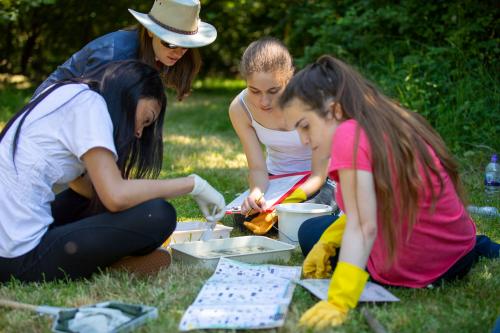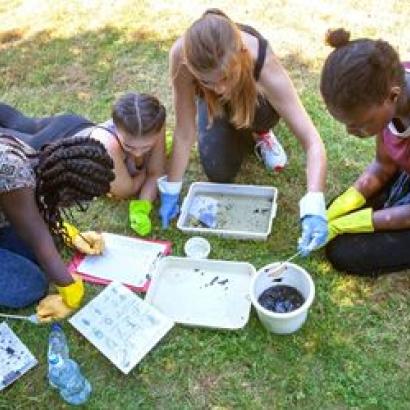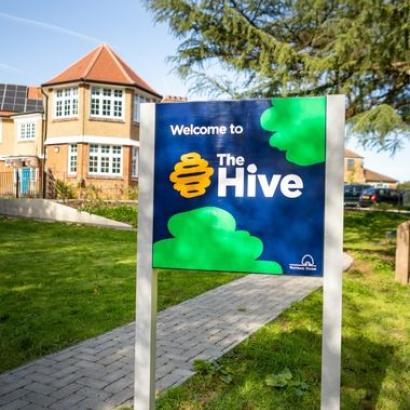

Key Stage 4 Science
GCSE Science Woodland transect
Half day course available April to October
This investigation involves the use of a belt transect from a shaded area to an area with no shade in Epping Forest. Students think about how to sample the area, including the identification and observation of plants/organisms.
Students may also investigate the population size of a plant species using random sampling. They will use appropriate sampling techniques and apparatus to make and record a range of measurements accurately (to include: biotic and abiotic factors).
GCSE Science Freshwater ecosystem
Half day course available April to October
Students will investigate the relationship between different feeding levels within a pond ecosystem and whether environmental conditions affect the diversity of species found. They will use appropriate sampling techniques and apparatus to make and record a range of measurements accurately (to include: biotic and abiotic factors).
Curriculum Links
Edexcel
Core practical 8: Quadrats and transects
- 9.5 Core practical: Investigate the relationship between organisms and their environment using fieldwork techniques, including quadrats and belt transects
Links to the specification content
- 9.6 Explain how to determine the number of organisms in a given area using raw data from fieldwork techniques, including quadrats and belt transects.
AQA
Biology required practical 9: Population size and sampling
- 8.2.9 Measure the population size of a common species in a habitat. Use sampling techniques to investigate the effect of a factor on the distribution of this species
OCR Gateway Science A/Twenty First Century Science B
PAG 3 Sampling techniques
- Application of appropriate sampling techniques to investigate the distribution and abundance of organisms in an ecosystem via direct use in the field (to include: biotic and abiotic factors)
- Use of appropriate apparatus to make and record a range of measurements accurately, including length, area, mass, time, temperature, volume of liquids and gases, and pH



